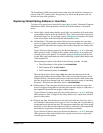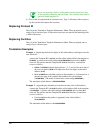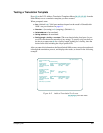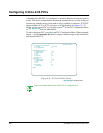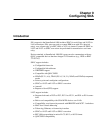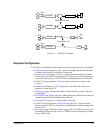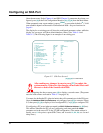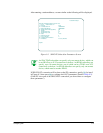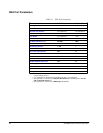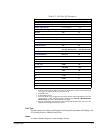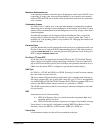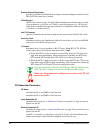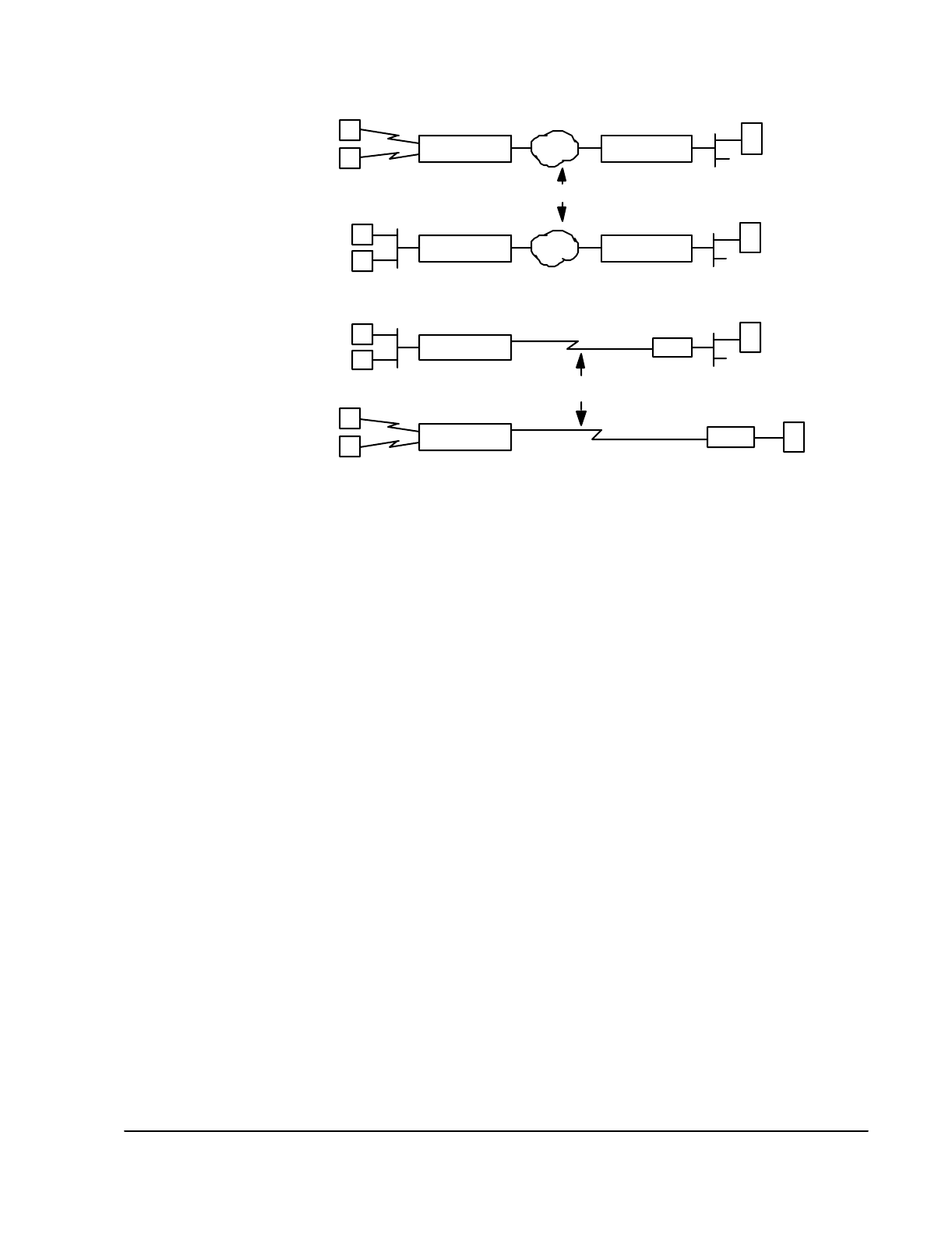
Configuring SNA 9-3
Figure 9-1 SDLC/LLC2 Examples
Required Configuration
To run SNA in a SmartSwich 1800, make sure the following are properly configured:
●
Node parameters (Chapter 4). This is general configuration that must be done
no matter which protocols will be run in the node.
●
Loaded protocols (Chapter 5): SNA, as well as the transport protocol: frame
relay or X.25; and LLC2 if connecting to LLC2 devices or if if the transport pro-
tocol will be frame relay. If LLC2 will be used, Bridging must also be loaded.
●
If LLC2 is being configured, LAN port (page 6-5) that will connect to the
LAN(s).
●
Frame relay (Chapter 7) or X.25 (Chapter 8) port(s) that will connect to a
network or frame relay PVC.
●
SNA port(s) (page 9-4) that will connect to the user devices, if the connection
will be SDLC.
●
SNA HPADs and TPADs (page 9-5), which identify any SDLC devices that will
communicate with SNA host and terminal devices.
●
Subscriber IDs (page 9-14) to identify the user devices.
●
If LLC2 is being configured, Virtual LAN ID (page 9-17). Since an Smart-
Switch is seen to LLC2 as a virtual LAN, an ID must be specified to identify the
node to LLC2.
●
LLC2 hosts (page 9-18) and interfaces (page 9-26), if the SDLC device(s) will
be connected to the node via a LAN, or if SDLC will be transported over frame
relay per RFC 1490.
1
PUs
SDLC
Frame Relay or X.25
Host
PUs
Host
PUs
Frame Relay PVC
Router
Host
SS1800 1 SS1800 2
SS1800 1 SS1800 2
SS1800
2
3
4
PUs
SDLC
SS1800
FEP
HOST



